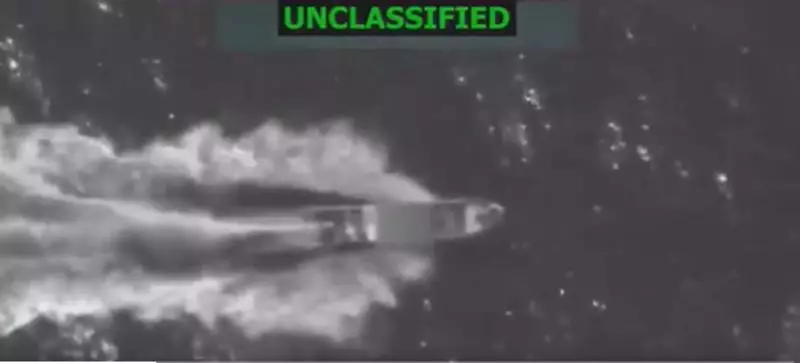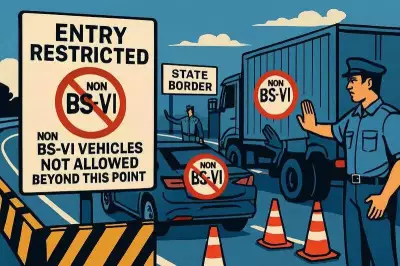
In a bold maritime operation that reads like a scene from an action thriller, United States military forces have executed precision strikes against suspected drug-smuggling vessels navigating the Eastern Pacific waters. This strategic move represents Washington's escalating campaign against international narcotics trafficking networks that exploit maritime routes.
High-Seas Confrontation Against Drug Trafficking
The operation, conducted in international waters, saw US naval assets identifying and neutralizing multiple vessels believed to be transporting illicit narcotics. While specific details about the number of vessels targeted remain classified, military sources confirm the successful disruption of what appeared to be a coordinated drug-smuggling attempt.
This development underscores the growing sophistication of US maritime surveillance capabilities, enabling military forces to detect and intercept suspicious vessel activity across vast ocean territories. The Eastern Pacific has increasingly become a focal point for counter-narcotics operations due to its strategic position along major drug trafficking routes.
Strategic Significance of the Operation
The timing and location of these strikes highlight several critical aspects of US counter-narcotics strategy:
- Enhanced Maritime Domain Awareness: The ability to detect and track suspicious vessels across open ocean demonstrates significant technological advancement
- Proactive Interdiction Approach: Moving beyond passive monitoring to active engagement represents an escalation in anti-trafficking efforts
- International Waters Enforcement: The operation showcases US willingness to take action beyond its territorial waters
Broader Implications for Regional Security
This operation sends a clear message to international drug cartels about US determination to disrupt maritime trafficking routes. The Eastern Pacific has long served as a critical transit zone for narcotics moving toward North American markets, making such interdiction efforts vital to broader drug control strategies.
Military analysts suggest this action may signal a new phase in US counter-narcotics operations, potentially involving more frequent and assertive maritime engagements. The successful execution of these strikes also demonstrates improved coordination between various US military branches and intelligence agencies in tracking and neutralizing moving maritime targets.
As the US continues to refine its approach to combating drug trafficking, operations like these in the Eastern Pacific are likely to become increasingly common features of America's national security strategy, representing a significant escalation in the ongoing battle against transnational criminal organizations operating across the world's oceans.





